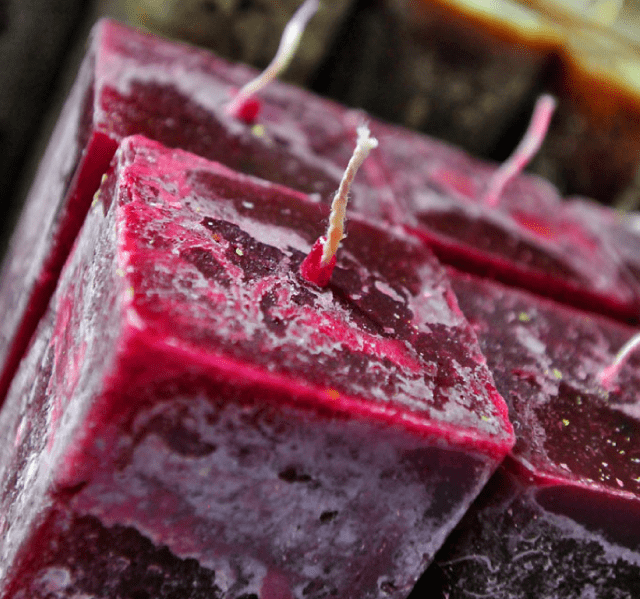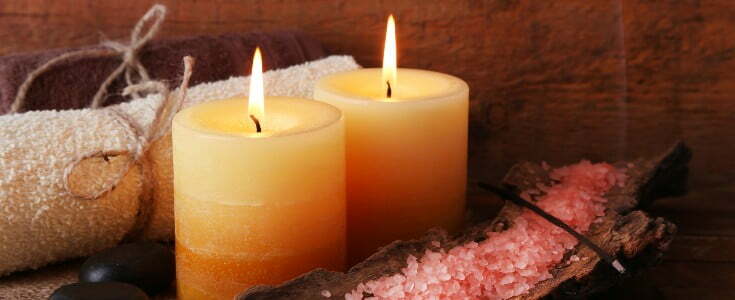
Here at Melt, we’ve been using our own carefully refined chandlery techniques to produce beautiful handmade luxury candles for over 20 years. We’ve built our way up from our small kitchen business, to our wondrous shop on the farm after years of hard work and determination (plus a few trips to the local pub!), so you can rest assured that you’re in safe hands with us when it comes to candle knowledge.
We’ve learned a lot along the way – and we’ve heard a fair few rumours about candles too. So let’s debunk some of the most common candle myths we’ve heard since we began our journey!
Unscented candles are safer than scented candles
We’ve got absolutely no idea who came up with this, but it’s complete fiction. All the experts agree that there are absolutely no health hazards that can be specifically attributed to scented candles, that can’t otherwise apply to unscented candles. Any well-made candle (and yes that includes our own) will burn safely and cleanly, provided that it’s properly lit. Here at Melt, we ensure that our candles are crafted using the highest quality, non-toxic materials, so you can sit back, relax and enjoy our delightful fragrances, without fear of toxic fumes.
Candle soot can be harmful
The soot that’s produced by our luxury scented candles is a natural byproduct of incomplete combustion, and it’s not considered a health concern by any sort of scientific standard. It’s very similar to the soot that’s given off by toasters and cooking oils, which is completely different to the type of soot that’s formed by the burning of fossil fuels like petrol or coal.
Even though candle soot doesn’t pose a threat to your health, it can still be rather unpleasant, and there are a few ways to reduce its presence. For example, you could trim the wick to ¼ inch before every use, as this will promote proper flame height. Plus, we’d recommend that you keep your candles away from draughty locations, as this can cause your flame to flicker and produce soot.
Some waxes are better for your health than others
You may have come across the myth that certain candle waxes burn “better” than other types, however this is nothing but a common rumour. Soy wax, paraffin wax, beeswax, and other commonly used waxes have been well studied, and the findings of such studies have shown that all well-made candles exhibit the same clean burning behaviour. These waxes pose absolutely no threat to your health, whatsoever.
Certain candles contain lead wicks, and should be avoided
Strictly speaking this is not a myth, and lead-wicked candles should be avoided at all costs. However, the use of lead in candle wicks was formally banned in 2003 by the Environmental Protection Agency due public health concerns, so you’d be very hard pressed to find one these days. We’ve included this on our list of myths because there’s no longer any reason for you to be concerned about lead wicks, as they’re the stuff of myth! All of our scented candles are completely safe and non-toxic.
That’s our list! Those are the four most common myths that we’ve heard while working in the luxury candle business. If you have any more questions regarding our exquisite range of luxury scented candles, or you’re in the market to purchase some of your own, you’re in exactly the right place.
Feel free to take a look through our entire range of luxury candles and see what catches your eye! Or, pop down to our ‘Shop On The Farm’ where you can experience all our candles in person – we’d love to see you!








